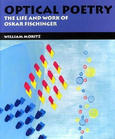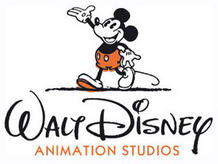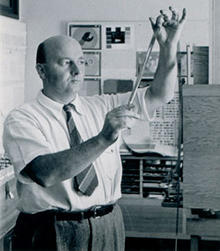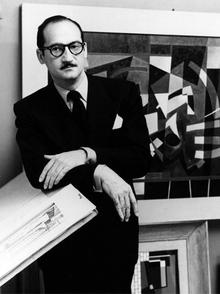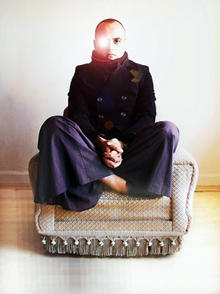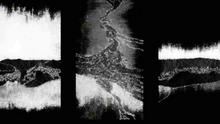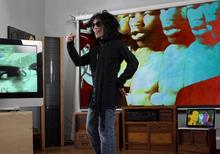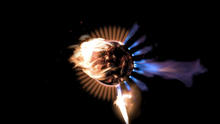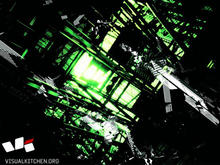Fantasia
(1940)is an American animated feature produced by Walt Disney. Fantasia features animation set to classical music and no dialogue. Seven of the eight pieces were performed by the Philadelphia Orchestra.
Fantasia features animation set to classical music and no dialogue—only spoken introductions by the host, American composer and music critic Deems Taylor, before segments. The music was recorded under the direction of Leopold Stokowski and seven of the eight pieces were performed by the Philadelphia Orchestra. Animated artwork of varying degrees of abstraction or literalism was used to illustrate or accompany the concert in various ways. The film also includes live-action segments featuring Leopold Stokowski, the orchestra, and Deems Taylor. Fantasia was notable for featuring what were then considered avant-garde qualities and for being the first major film released in stereophonic sound - using a process dubbed "Fantasound".
Fantasia was originally released by Walt Disney Productions itself rather than RKO Radio Pictures, which normally distributed the Disney films, and exhibited as a two-hour and twenty minute roadshow film (counting the intermission) with reserved-seat engagements. The film opened to mixed critical reaction and failed to generate a large commercial audience, which left Disney in financial straits.
Fantasia was eventually picked up by RKO for release in 1941 and edited drastically to a running time of 81 minutes in 1942. Five subsequent rereleases of Fantasia between 1946 and 1977 restored various amounts of the deleted footage, with the most common version being the 1946 rerelease edit, which ran nine minutes shorter than the original 124 minute roadshow version. A 1982 reissue featured a newly recorded digital soundtrack conducted by composer Irwin Kostal, but was taken out of circulation in 1990 after a restored version of the original Stokowski-conducted soundtrack was prepared. The original version of Fantasia was never released again after 1941, and although some of the original audio elements no longer exist, a 2000 DVD release version attempted to restore as much of the original version of the film as possible.
Fantasia, despite its initial commercial failure, went on to become one of the most popular films of all time and is today considered a classic film.
Source: Wikipedia
